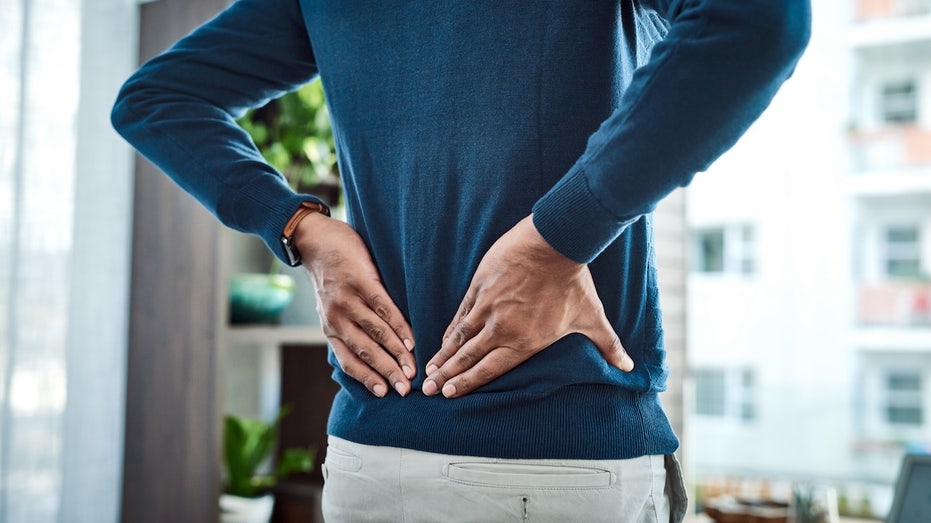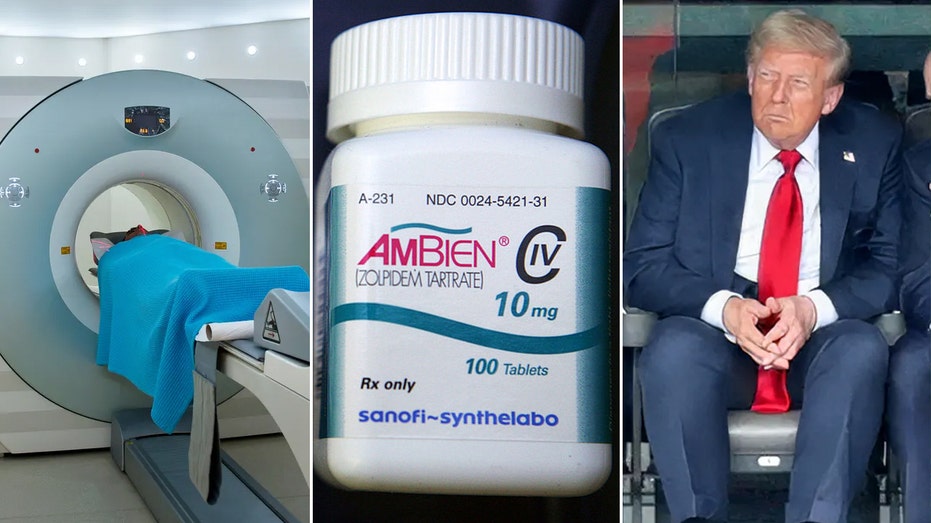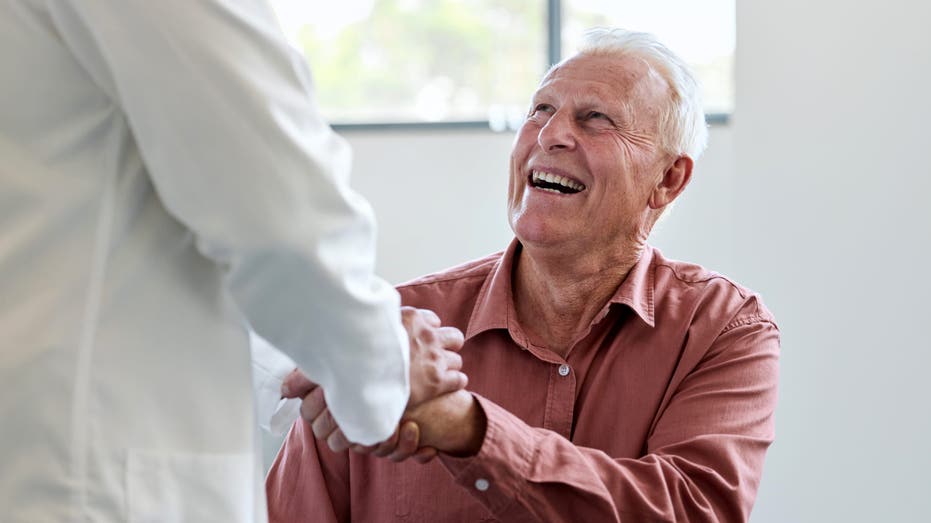Study Reveals Only 1 in 10 Back Pain Treatments Work — Here’s What You Should Know

Sarah Johnson
March 20, 2025
Brief
A major study finds most treatments for chronic and acute lower back pain offer minimal relief, highlighting the need for better research and individualized, multimodal care approaches.
Chronic back pain reigns as the most common type of pain, affecting over 16 million American adults. But brace yourselves, because a new study published in BMJ Evidence-Based Medicine has delivered some less-than-encouraging news about potential treatments.
According to the research, only about one in ten treatments showed effectiveness in relieving lower back pain. In fact, many of these remedies were described as "barely better than a placebo," according to the University of New South Wales (UNSW) in Sydney, Australia.
Lead study author Dr. Aidan Cashin, from the Centre for Pain IMPACT at Neuroscience Research Australia (NeuRA), stated, "Our review did not find reliable evidence of large effects for any of the included treatments." Makes you wonder, are we just throwing darts at a bullseye blindfolded when it comes to back pain relief?
The study analyzed data from 301 randomized, controlled trials involving 56 non-surgical treatments for acute and chronic low back pain. These included pharmacological options like NSAIDs (non-steroidal anti-inflammatory drugs) and muscle relaxants, as well as non-pharmacological methods such as exercise and massage.
Some treatments were called out for their lackluster results. For acute back pain, exercise, steroid injections, and paracetamol (acetaminophen) didn’t make the grade. Chronic pain? Antibiotics and anesthetics didn’t fare much better, being deemed "unlikely to be suitable treatment options."
However, there was a glimmer of hope: NSAIDs showed potential for acute back pain, while therapies like exercise, spinal manipulation, and antidepressants offered small benefits for chronic cases. But small benefits might not feel very encouraging when your back is screaming at you.
The researchers noted that many findings were "inconclusive" due to limited participant numbers and poor study quality, underlining the need for better trials. Dr. Cashin stressed, "We need further high-quality, placebo-controlled trials to understand the efficacy of treatments and remove the uncertainty for both patients and clinical teams."
Adding to the discussion, Dr. Stephen Clark, a physical therapist not involved in the study, pointed out that pain is a complex beast, influenced by factors like stress, sleep quality, fatigue, and even social situations. He advocates for "multimodal" treatments—an approach combining tailored interventions such as manual therapy, exercise, and patient education.
But here’s the kicker: what works for one person might flop for another. Clark warns against one-size-fits-all solutions and stresses that surgery, while sometimes necessary, should almost never be the first option. "Conservative care can often prevent or delay the need for invasive procedures," he said. Wise words, indeed.
So, if your back pain has you searching for answers, it might be time to think outside the pill bottle. Tailoring a plan with a mix of therapies could be your best bet. And maybe, just maybe, we’ll see more effective options emerge as research continues to dig deeper.
Topics
Editor's Comments
This study shines a spotlight on the frustratingly low success rate of back pain treatments. It’s a bit unsettling to think that so many remedies are no better than a sugar pill. The call for more high-quality research is crucial, but in the meantime, patients are left navigating a maze of trial and error. And let's be real—when your back hurts, patience isn’t exactly abundant.
Like this article? Share it with your friends!
If you find this article interesting, feel free to share it with your friends!
Thank you for your support! Sharing is the greatest encouragement for us.



